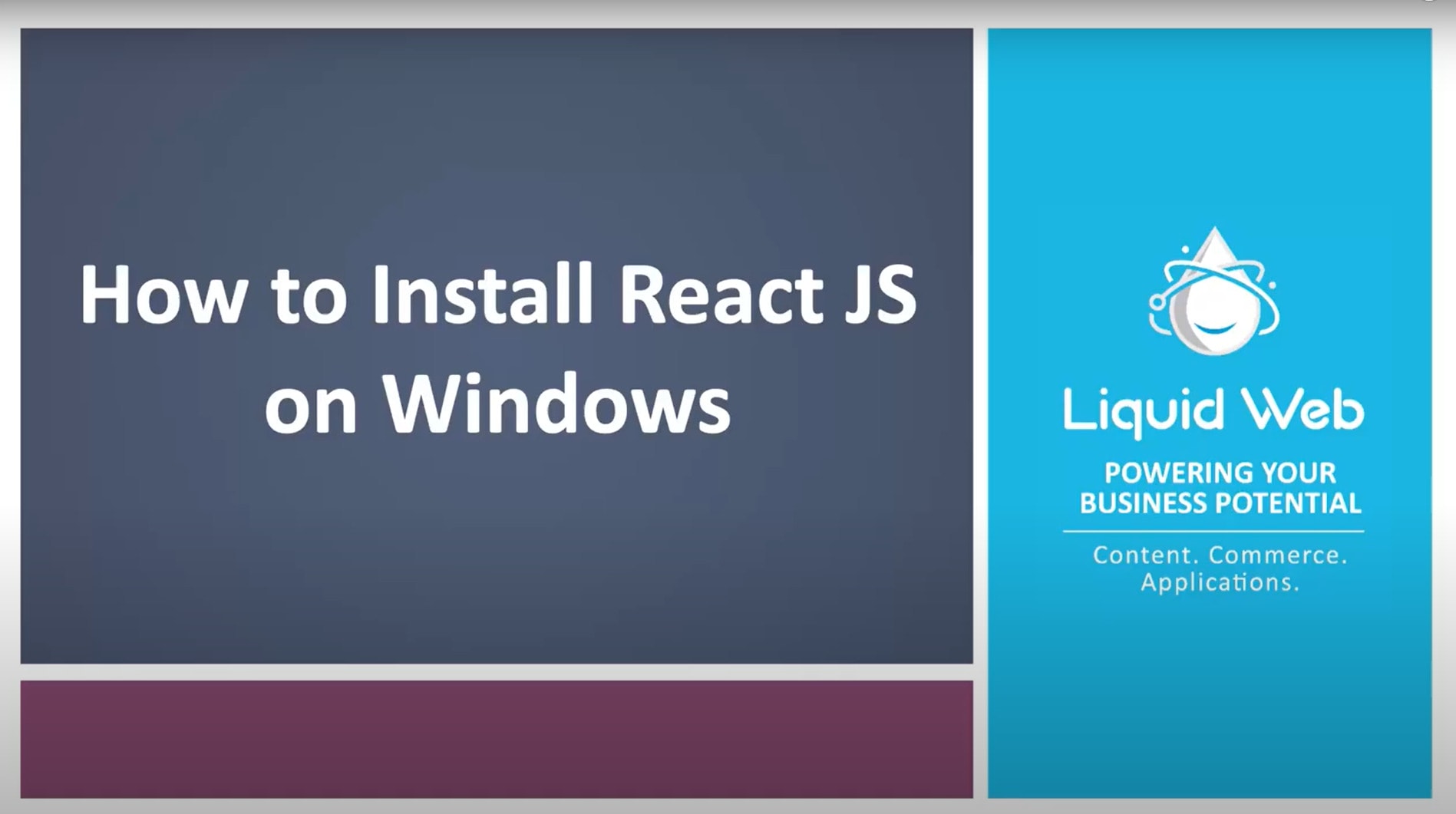Tag: Development
How to install TypeScript on Linux (AlmaLinux)
TypeScript is a typed superset of JavaScript that improves regular JavaScript with classes, interfaces, and optional static typing. Using TypeScript can improve developer efficiency and code quality for complex JavaScript applications. Regarding the TypeScript compiler, it can be launched with the tsc command, translating the TypeScript file into vanilla JavaScript. A ts configuration file is a project artifact required for TypeScript, allowing us to modify the compiler's behavior.
Ansible Setup: Configure Ansible for IT Automation via IaC

Whether you want to manage configurations of your on-premises or cloud hosted server, Ansible is one of the most reliable tools in its category. It is an open-source, cross-platform automation tool that has revolutionized how IT professionals manage their servers, offering streamlined workflows and improved productivity. As you ramp on this technology, be sure check our informative articles, What is Ansible and What Does it Do? and An Introduction to Ansible Playbooks.
How to Install Jenkins on AlmaLinux
Jenkins is an open-source continuous integration server. It is a tool for continuously compiling and testing software projects. In the field of Continuous Integration (CI), the concepts from CI are combined with those from Continuous Delivery (CD) — also known as Continuous Deployment — in the CI/CD pipeline. See our The Best DevOps Tools for Infrastructure Automation for more information about this growth area in advanced software development techniques.
How to Install React.js on Windows

What is React.js?
React.js (React) is an open source JavaScript framework and currently the most widely used front-end development technology worldwide. Created and still maintained by Facebook, it also has an active open source community making it a JS library instead of a framework. Open source libraries are resources of pre-built JavaScript code freely used in any web project.
What Is A Private VPS Parent?
A Private VPS Parent is a host or parent server on which a user creates virtual private server (VPS) instances for personal or reselling purposes. While a virtualized environment such as our Managed Private Cloud gives you significant control and flexibility, Liquid Web’s Private VPS Parent allows you to create individual child server instances for different use cases.
Open Source Web App Builders: No-Code Tools
Getting a custom software solution tailored perfectly to your company's needs can be costly. But it’s not just about the price. The more specific and complex your industry is, the more detailed and collaborative your efforts to explain it to developers need to be.
How Does Containerization Work?
Introduction
If you're invested in the world of web development, you might have already heard of containerization and all its advantages or even enjoyed them yourself by using one of the many available containerization solutions. It’s not an exaggeration to say that software containerization has changed the world, just as the change from bare metal to virtual machines (VMs) did.
What is Desktop-as-a-Service?

Introduction
As firms advance towards a more modern infrastructure, the Desktop-as-a-Service (DaaS) model is becoming an increasingly popular cloud-based system. Desktop-as-a-Service is a multi-tenant, cloud computing solution in which a service provider furnishes a virtual desktop to an end-user over the internet. A provider typically manages the infrastructure, including the security updates, available desktop applications, data storage, and backups. In specific instances, DaaS users manage these services individually. According to Gartner via Workspot:
How to Install and Configure Django on CentOS 8
Introduction
In this article, we will discuss what Django is, its purpose, and how to install and configure it on CentOS 8.
Top 5 Tools to Validate YAML Files
What is YAML?

YAML Ain’t Markup Language (or YAML™) is a human-friendly, easily readable data language widely used with or alongside almost all programming mediums. It is designed around a standard formatted layout useful for creating configuration files that readily integrate across multiple development environments. It is also valuable for managing concurrent data as it includes the ability to employ Unicode printable characters.
Our Sales and Support teams are available 24 hours by phone or e-mail to assist.

